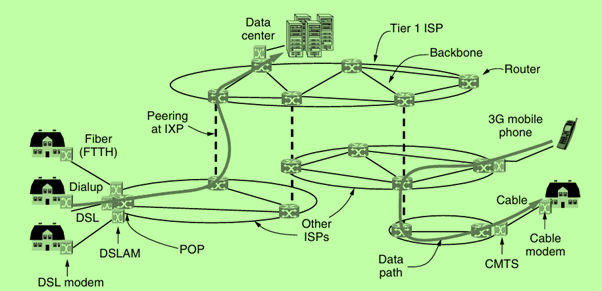The Internet
The Internet is perhaps the most well-known network, but it is not a single entity; rather, it is a vast collection of interconnected networks that communicate using standardized protocols. The Internet has evolved organically over decades, growing from a small research project into a global phenomenon that connects billions of devices.
History and Evolution
The origins of the Internet can be traced back to the ARPANET, developed in the late 1960s by the U.S. Department of Defense. The ARPANET aimed to create a resilient communication system capable of surviving potential disruptions, such as a nuclear attack. Key developments included the introduction of packet-switching technology, which allowed data to be broken into packets and sent independently across the network.
The first four nodes of the ARPANET were established in December 1969 at UCLA, UCSB, SRI, and the University of Utah. This initial network demonstrated the feasibility of packet switching and laid the groundwork for future developments.
Architecture of the Internet
The architecture of the Internet has evolved significantly over the years. It is characterized by a hierarchical structure that includes:
→ Internet Service Providers (ISPs): Users connect to the Internet through ISPs, which provide access and connectivity. ISPs can be local, regional, or national in scope.
→ Internet Exchange Points (IXPs): ISPs peer with each other at IXPs to exchange traffic, allowing data to flow between different networks.
→ Tier 1 ISPs: These are large companies that operate extensive backbone networks, providing connectivity to other ISPs and forming the core of the Internet.
The Internet’s architecture is designed to be robust and scalable, accommodating the ever-increasing number of devices and users.
Conclusion
The Internet has transformed the way we communicate, access information, and conduct business. Its ongoing evolution continues to shape our daily lives, making it one of the most significant technological advancements in history.
